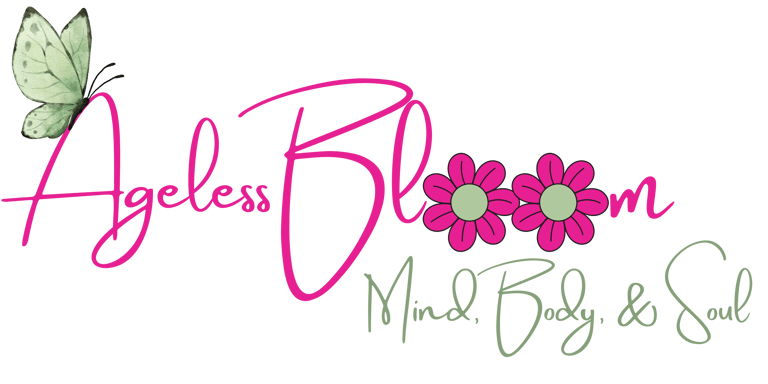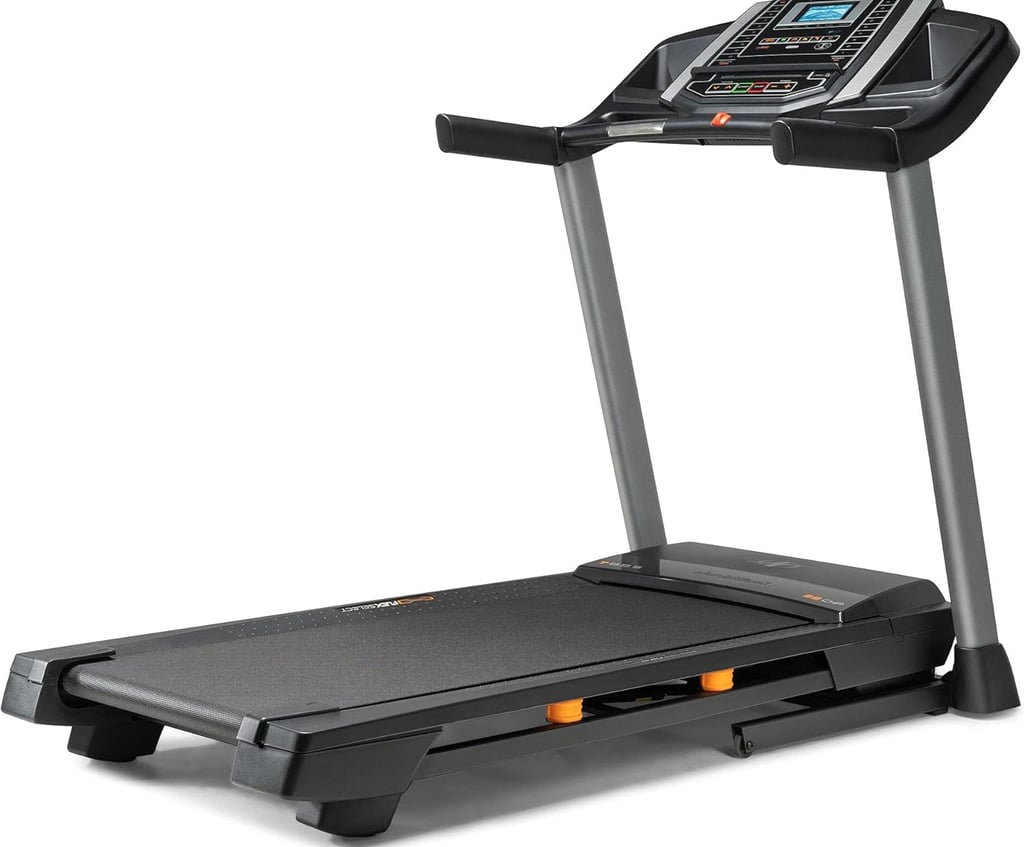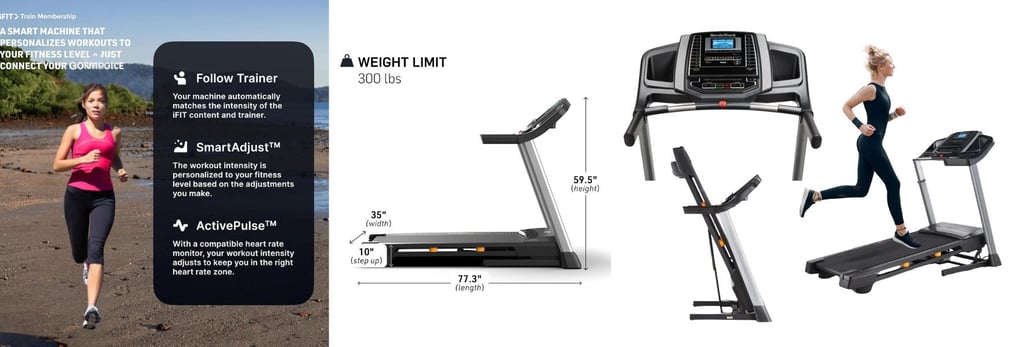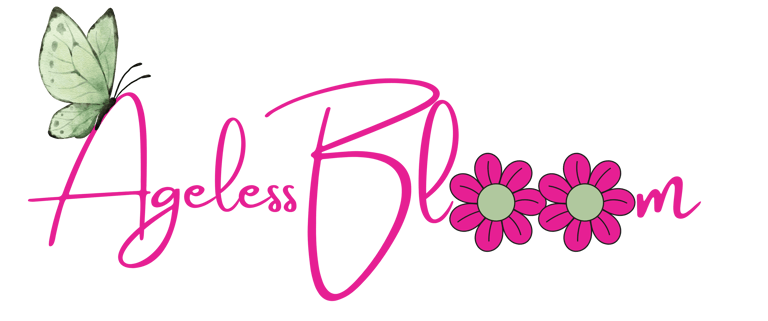Body Changes After 40: Honest Reflections on a Journey Many Women Share
Let’s talk about body changes after 40 with honesty, humor, and compassion. You’re not alone—this journey is one many women share.
SELF CARE AND PERSONAL GROWTH
Shari Smith
5/13/202513 min read
As an Amazon affiliate, we earn commissions at no extra cost to you if you click our links and make a purchase.
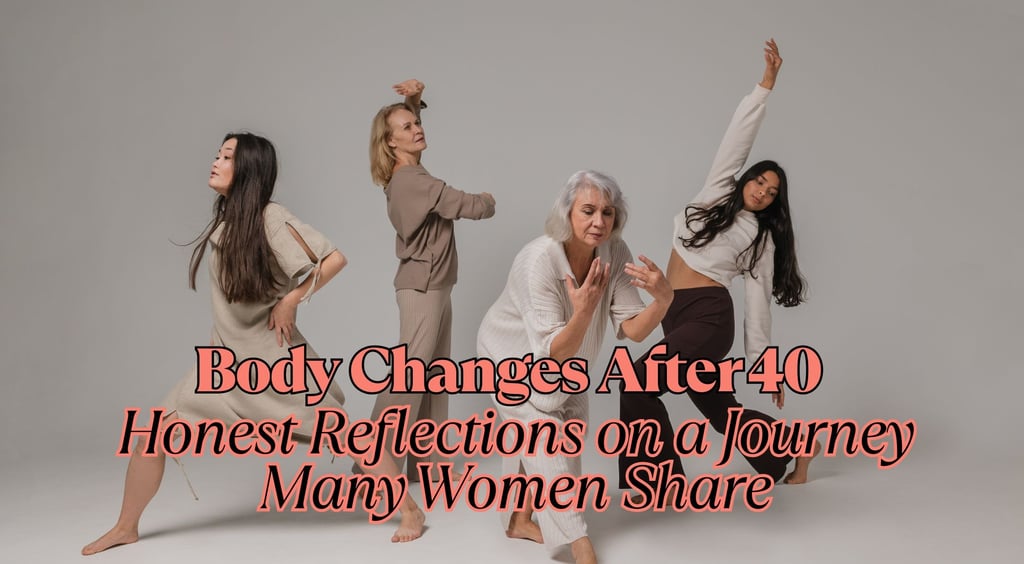

Some days, I catch a glance in the mirror and do a double take. My face holds new stories and my body feels like unfamiliar territory.
If you’re noticing body changes after 40, you aren’t alone.
Hormones shift, skin softens, and curves seem to redraw themselves overnight. Sometimes it feels unsettling, even frustrating.
Sharing honest conversations about these changes with other women can be a lifeline—an open hand reaching out, saying, “Me too.”
Here, we’ll talk about the physical and emotional shifts—openly, without shame.
There’s strength in naming what’s hard, and even more in discovering new ways to feel at home in the body we have now.
Let’s walk through it together.
Why Your Body Feels Different After 40
When you notice your jeans fitting differently or your energy sinking before dinner even starts, it’s not your imagination.
Body changes after 40 touch every part of us—inside and out.
These shifts are real, rooted in biology and time.
Understanding why they happen can help us meet them with less fear and more curiosity.
It can even bring a little peace to the days when you hardly recognize your own reflection.
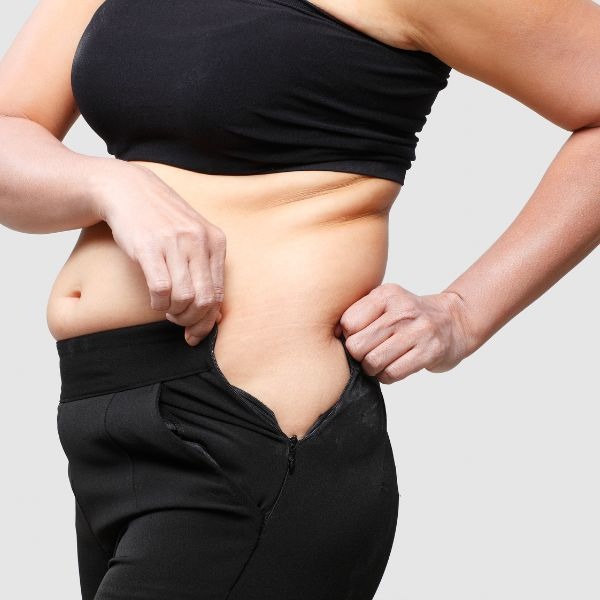

Below, you'll find the most common reasons why your body feels so different in this season.
Hormonal fluctuations and menopause
Hormones run the show, whether we like it or not. As we near midlife, estrogen—once steady and supportive—begins to dip and rise like a tide that can no longer decide what it wants.
This process, called perimenopause, can start years before menopause actually sets in.
You might notice:
Periods becoming unpredictable
Night sweats soaking your sheets
Mood swings coming out of nowhere
Sleep that once was effortless now fractured and restless
Estrogen affects much more than periods or moods. Its slow decline after 40 can lead to changes in skin texture, weight, and even how our joints feel day to day.
When menopause arrives and periods stop for good, those changes become even more marked.
Nothing is “wrong,” even when it feels like every part of your body is in flux. You’re living proof of the body’s natural cycles.
Metabolism slowdown and weight changes
If you’ve glanced down at the scale after a week of salads and wonder where your efforts went, you’re not alone.
Our metabolism—how the body burns calories for energy—naturally slows with age. For most women, this starts to become noticeable in the forties.
What does this look like in real life? Maybe:
It takes less food to feel full
Weight shows up in your belly and waist, instead of your hips or thighs
Pounds are harder to lose, even if you haven’t changed your routine
The body changes after 40 are tied to both metabolism and hormonal shifts.
The calories that used to get burned off while chasing after small children, or even just sitting at your desk, seem to hang around longer.
Fat distribution moves higher and more central, partly because lower estrogen invites it to settle around our middles.
This doesn’t mean you’ve lost your willpower. It means your body’s doing exactly what it’s supposed to do at this age.
Loss of muscle mass and strength
After 40, our bodies slowly lose muscle each year. This process—known as sarcopenia—can catch us by surprise.
Muscle shapes more than just strength; it adds to our energy, keeps our bones safe, and helps regulate blood sugar.
You might notice:
Carrying groceries feels a bit harder
Climbing stairs leaves you catching your breath more often
Your arms and legs don’t look as toned, even if you’re active
This isn’t about laziness, and it isn’t permanent either.
While some muscle loss is natural, regular strength training—even walking or basic home exercises—can help preserve what you have and sometimes rebuild some of what’s faded.
Watching your body shift in these ways can feel strange.
But knowing what’s behind these changes—hormones, metabolism, and muscle mass—can help soften the surprise.
It can show us that there is still so much we can do to feel strong, steady, and completely at home in the lives we’re living now.
Common Physical Changes Women Notice
As the years add up, many of us begin noticing changes in the mirror and the way our bodies feel day to day.
Some shifts happen slowly and quietly, while others seem to surprise us all at once.
Living with body changes after 40 can feel like having a new version of yourself—one that asks for attention and care in different ways.
It’s normal to feel both curious and unsure about these signs.
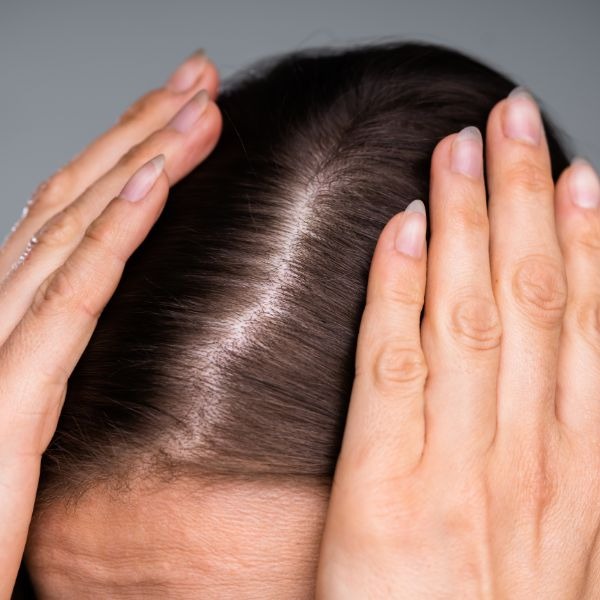

In this section, let’s look at the most common physical changes that appear and what they might mean for you.
Skin, hair, and nails: Visible signs of aging
Sometimes, the first changes we notice after 40 are right on the surface.
Our skin, hair, and nails all respond to time, hormones, and even how much sunshine we enjoyed in our younger days.
You might find:
Loss of skin elasticity—Skin can look softer or less “bouncy” than it once did. Fine lines settle in where smiles once lived.
Dryness and thinning—Moisture doesn’t stick around the way it used to, so skin may feel drier and thinner, especially on hands and face.
Dark spots and uneven tone—Sun exposure and hormonal changes may show up as freckles, age spots, or uneven color.
Thinning hair—Hair might not be as full as it was in your twenties. You may see extra strands in the brush, or your part may look a little wider.
Brittle nails—Nails can become more prone to breaking, splitting, or peeling. They may grow more slowly or seem less sturdy.
Each sign reminds us of long days lived and stories gathered. They’re not flaws, but natural marks of the journey.

What Happens to a Woman's Body After 40?
Watch Video...
Body shape and fat distribution
After 40, many women find that weight gathers in new places. Your favorite jeans feel tight in the waist, but loose in the hips.
Even with the same habits, your shape may shift in ways you didn’t expect.
Here’s what often happens:
Fat moves toward the abdomen—Lower estrogen levels encourage the body to store more fat around the belly and waist.
Hips and thighs lose fullness—You might see less curve in your lower body and more softness around your midsection.
Midsection feels rounder—Tops fit differently, and you might notice deeper creases around the waistband or bras.
This new pattern of shape is common with body changes after 40. It doesn’t mean you’re doing anything wrong—it’s just your body responding to hormones and time.
Energy levels and stamina
Daily energy isn’t as reliable as it used to be. Simple chores may leave you winded, and your “get up and go” gets up and goes a little earlier in the day.
Most of the time, these changes are tied to hormone shifts and a slower metabolism.
You might notice:
Lower energy in the afternoon—Tasks that once seemed easy now feel draining by mid-afternoon.
Longer recovery after exercise—Muscles ache longer, and it takes more time to bounce back after activity.
Less stamina for physical work—Cleaning the house or walking long distances may leave you tired sooner than before.
It’s easy to worry that you’re just not as strong or disciplined as you once were. But these shifts are a normal part of body changes after 40.
They’re not a loss—they’re a gentle signal to adjust and listen to what your body needs now.
The Emotional Impact of Body Changes After 40
When our bodies start to change after 40, the effects go far beyond what we see in the mirror.
For many women, these shifts spark a deep emotional response—often more challenging than the physical changes themselves.
Old insecurities can bubble up unexpectedly, and new worries arrive without warning.
It can feel like cradling a version of yourself that you never planned for, all while longing for the familiarity of how things once looked and felt.
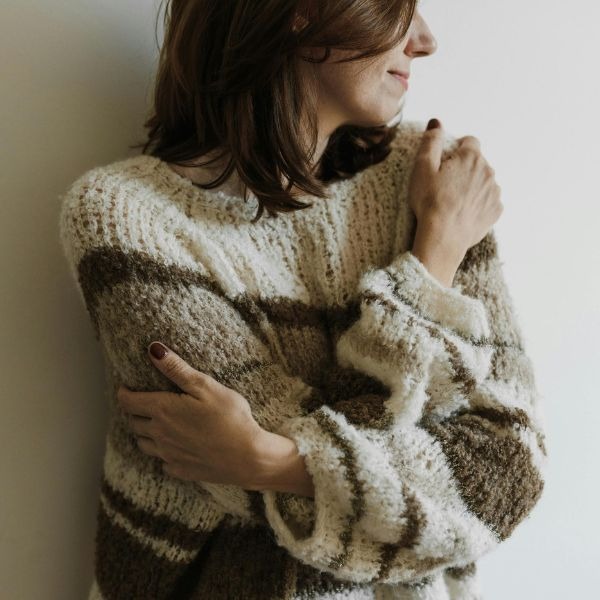

As we move through each stage of change, understanding the emotional journey can help soften its edges.
The unexpected feelings aren’t just “in your head”—they’re a very real part of coping with body changes after 40.
Struggling with self-image
No matter how much we love ourselves, the arrival of new wrinkles or a softer curve often stirs self-doubt.
Memories of a younger body—one quick to recover, tighter at the waist, or smoother in the skin—linger in the back of our minds.
Letting go of those old standards can feel like giving away a cherished keepsake.
A sense of loss sometimes surfaces: We may quietly grieve the body that once felt more familiar. This grief can show up as frustration, sadness, or even anger at times.
Old habits of comparison can become routine, especially when “before” photos serve as daily reminders. It’s hard not to measure today’s body against memories of our thirties or the early days of motherhood.
Doubts about attractiveness or feeling “less visible” often creep in, especially in social situations or when intimacy is on the table. Wearing new clothes or a favorite dress doesn’t always bring the same sense of confidence.
For many, the real challenge is learning to see the beauty in now—accepting soft skin and shifting shapes as new chapters, not broken versions of the past.
It’s not about pretending the feelings aren’t real.
It’s about showing up with honesty and kindness, allowing time to heal and accepting that worth isn’t measured by old images or tight seams.
Societal pressures and unrealistic expectations
Media and culture have a way of turning women’s bodies into targets for constant scrutiny.
Images of smooth skin, flat stomachs, and athletic arms fill every scroll and screen.
Even after 40, we’re told that changing bodies are “fixable” with enough willpower, the right product, or the newest trick.
Endless comparison sets impossible standards. Celebrities and influencers are often celebrated for looking “youthful” at any age, making normal changes feel like personal shortcomings.
Cultural silence adds weight to the struggle. Few people talk openly about aging bodies. The rare conversations that happen often focus on reversing, hiding, or “stopping” the process—like growing older is something to be ashamed of.
Pressure to erase signs of age affects not only how we treat our bodies, but how we feel about ourselves in social and work settings. Some women find themselves spending more time and money chasing old shapes, even when those goals feel out of reach or out of sync with daily life.
All this noise can chip away at self-esteem, calling into question years of wisdom and accomplishments.
The truth is, body changes after 40 are not failures—they’re proof of everything we’ve lived through and survived.
Every wrinkle maps a story, every line shows laughter or learning, and every shifting curve belongs right where it is: with us, as we are, right now.
Holding onto this reality can give a little more peace, even when the pressure feels heavy.
When we realize the world’s beauty ideal is a moving target, we free ourselves to create our own standards—ones rooted in gratitude, acceptance, and daily acts of care.
How to Adapt and Embrace Your Changing Body
Your body carries every chapter you’ve lived—every laugh, late night, and hard-won lesson.
After 40, with all the shifts and surprises, finding peace and pride in the skin you’re in takes courage and honesty.
This is where the hard work of self-kindness starts.
With the right support and a gentle approach, you can start to feel at home in this new body, day by day.
Here are real-world steps to make that possible.
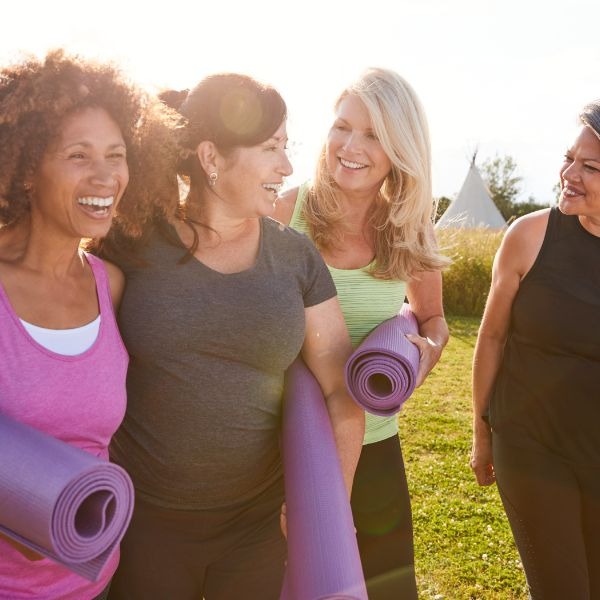

Building a positive body image: Offer mindset shifts and self-compassion techniques
Feeling at odds with a changing body can stir up old doubts and new discomfort. But real self-acceptance grows in small, steady steps—like watering a plant and watching it bloom over time.
Try these mindset shifts for a softer, kinder view of yourself:
Catch comparison early. If you find yourself sizing up your body to photos from the past, pause. Remind yourself: That body lived a different story. This is your home now.
Speak to yourself as you would a friend. The words we whisper in the mirror matter. When you hear harsh criticism, counter it: “My body still serves me.” “I am more than a wrinkle or a curve.”
Celebrate small wins. Did you walk further than yesterday? Did you take a moment to moisturize your skin with care? These small acts are proof of self-appreciation.
Focus on gratitude, not perfection. Write down three things your body does for you. Breathing steadily. Carrying groceries. Letting you hug someone you love.
Self-compassion isn’t about pretending everything is easy. It’s about easing up on blame and giving yourself room to grow and change—just as you always have.
Nourishing your body: Nutrition and exercise tips
Diet and exercise each take on a new meaning after 40. The old rules no longer seem to fit, but new routines are possible—and they don’t need to be complicated or strict.
Here are ways to gently support your body’s needs now:
Nutrition:
Fill your plate with color. Choose fruits, veggies, whole grains, and lean protein as the foundation of every meal.
Eat for energy, not just calories. Smaller, balanced meals can keep you steady through energy dips.
Stay hydrated. Water can make a bigger difference in skin, energy, and digestion than you might expect.
Watch portion sizes, especially at dinner. Your metabolism may not burn through hearty late-night meals like it once did.
Enjoy treats without guilt. A bit of chocolate or a favorite dish savored mindfully supports joy, which supports health.
Exercise:
Aim for movement most days, but think small. Brisk walking, easy yoga, or dancing in your living room all count.
Focus on strength: Light weights, resistance bands, or even bodyweight moves like squats help slow muscle loss.
Stretch after activity. Flexibility can support balance and keep injuries at bay.
Try to move for at least 20–30 minutes, but spread it out if that feels better. Ten minutes here, ten there—they all add up.
Most importantly, pick something you enjoy. Movement doesn’t need to feel like punishment.
Everything counts. The point isn’t to remake your body, but to support it where it is—right now.
Why the NordicTrack T Series Treadmill is a Game-Changer
When life gets busy or the weather doesn’t cooperate, having a treadmill at home like the NordicTrack T Series ensures you never miss your 45-minute walk.
This treadmill isn’t just about walking; it’s like having a personal walking coach in your living room.
Seeking support and opening up the conversation
Body changes after 40 can feel lonely, especially when it seems like everyone else has it figured out.
Sharing your experience can break the silence and lift the weight of shame.
Talk honestly to healthcare providers. They’ve seen it all before. Routine checkups, discussions about symptoms, or questions about nutrition and exercise help you understand what’s normal and what options you have.
Reach out to friends. Many women are having the same thoughts—they’re just waiting for someone to say it out loud. Honest chats, laughs about hot flashes, or simple confessions can reveal deep connections you didn’t know you had.
Consider support groups or online communities. There are many spaces where women discuss body changes after 40 openly—without judgment or pressure to fix anything. Sometimes hearing “me too” is the comfort you need.
Share your journey with partners or family. Letting others in helps them understand and support you better. You might be surprised how your openness deepens your relationships.
Every story shared chips away at stigma and silence. There’s no need to carry it alone.
Facing your body changes after 40 is more than a physical adjustment—it’s emotional, spiritual, and, above all, personal.
Small steps, honest words, and gentle care can help you find a home in every new chapter your body gives you.
So… What Can We Actually Do to Feel Better in Our Skin?
Okay, let’s be real for a sec—aging is happening whether we’re on board or not. But that doesn’t mean we’re helpless passengers on a runaway train.
There are things—small, doable, powerful things—we can actually do to feel more vibrant, strong, and like ourselves again.
This isn’t about chasing youth (been there, done that). It’s about feeling good in our skin at every stage.
Here are a few ways to lovingly support your body through the changes:
💧 1. Hydrate Like It's Your Job
Dry skin, creaky joints, and fatigue? Water, my friend. After 40, our skin naturally loses moisture and elasticity.
Upping your water intake (even if it’s just an extra glass or two a day) can seriously help. Bonus points if you add lemon or cucumber and pretend you’re at a spa.
🍽️ 2. Rethink Your Plate
Our metabolism does a cute little slowdown after 40 (insert eye roll), which means we have to be a bit more intentional with what we eat. Think:
Lean proteins (chicken, fish, tofu)
Healthy fats (avocados, nuts, olive oil)
Fiber-rich veggies and whole grains
Also—don’t be afraid of carbs. Your body still needs them. Just aim for the good ones that give you energy and help balance hormones.
🏃♀️ 3. Move in Ways That Feel Good
This isn’t about punishing workouts. It’s about movement that supports your body.
Walking, yoga, strength training, dancing in your kitchen—whatever gets your blood flowing and your endorphins up.
Strength training, in particular, is amazing for bone health, muscle tone, and metabolism after 40.
😴 4. Prioritize Rest Like It’s Sacred (Because It Is)
Sleep hits different after 40. Suddenly we’re waking up at 3 a.m. for no reason.
Create a bedtime routine that feels like a hug: no screens an hour before bed, a calming tea, maybe a warm bath or meditation.
Protect your rest like you would a cranky toddler’s nap time.
🧴 5. Skincare = Self-Care
You don’t need a 12-step routine, but treating your skin to a little TLC goes a long way.
Think: gentle cleanser, a quality moisturizer, SPF every single day (yes, even when it’s cloudy), and maybe a retinol if your skin tolerates it.
And don’t forget your neck and chest—they age too!
🧠 6. Feed Your Mind, Too
Aging gracefully isn’t just physical—it’s mental. Read the book. Journal. Try the new hobby.
Learn the dance on TikTok. Keep your mind curious and alive.
The glow-up after 40? It’s just as much about inner fire as outer glow.
Conclusion
Your body changes after 40—sometimes in ways that take you by surprise, sometimes in gentle turns you’re just now noticing.
These shifts can feel uncomfortable, but they're also marks of a life lived. They hold laughter, late nights, heartbreak, and growing wisdom.
Real comfort comes when you choose self-acceptance, let go of old standards, and welcome this version of yourself with an open heart.
The stories we share, honest and unpolished, help break the silence for every woman feeling alone in these changes.
Keep talking, keep reaching out, and treat yourself with the same kindness you'd offer a friend. Thank you for being here.
If something in this post spoke to you, pass it along or share your own story with someone you trust.
We’re all on this journey together—and there's strength in naming it out loud.
